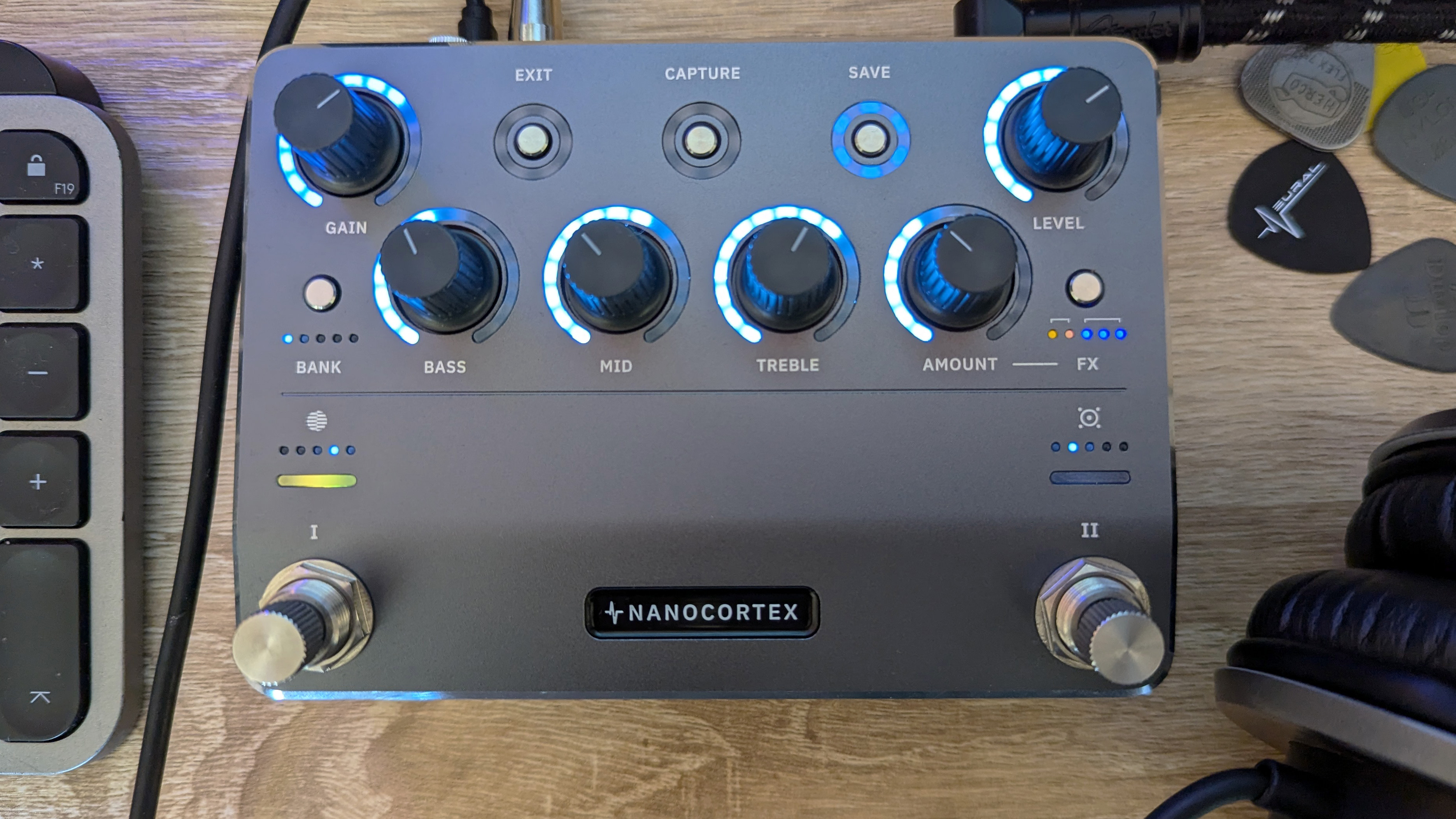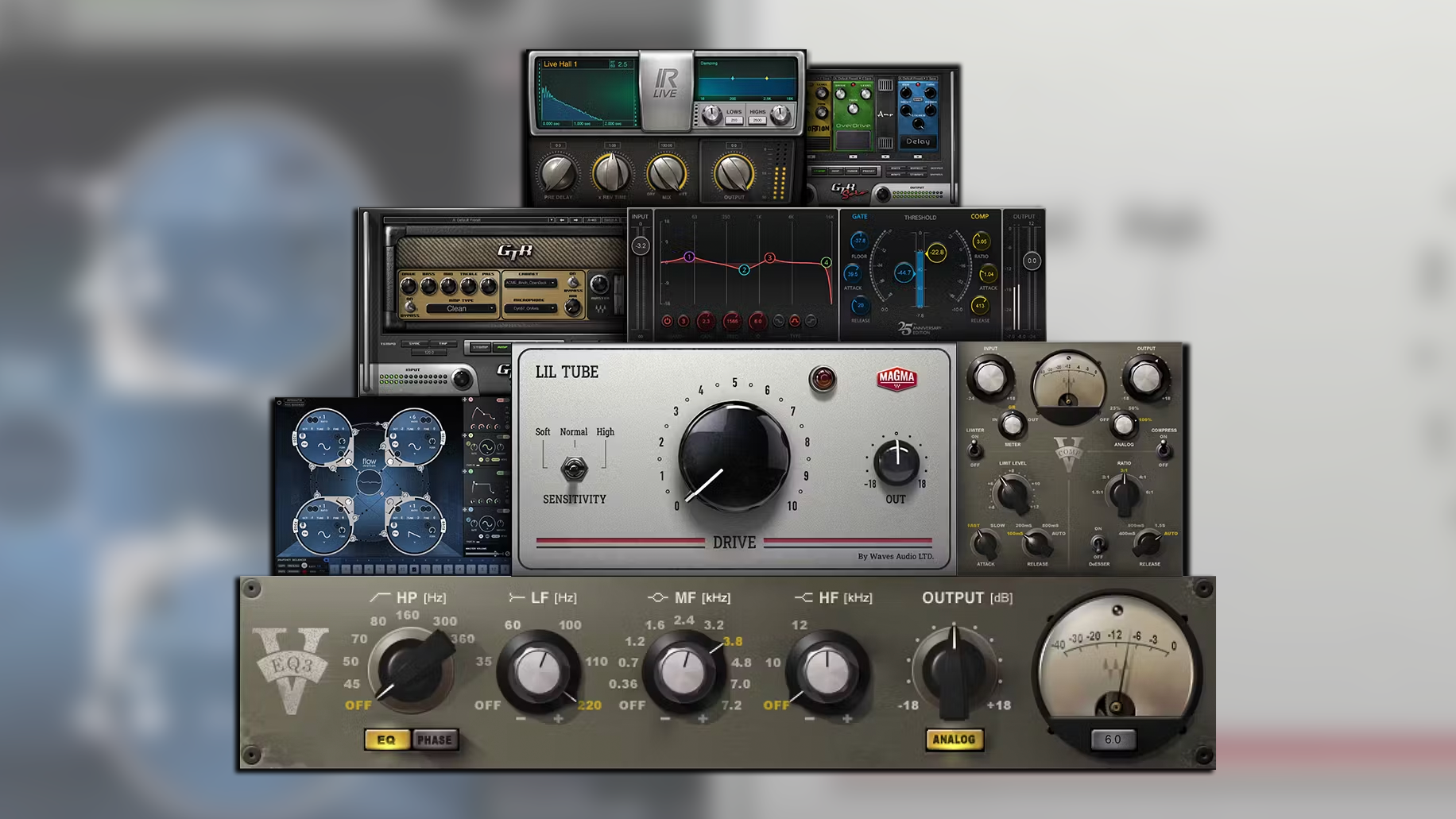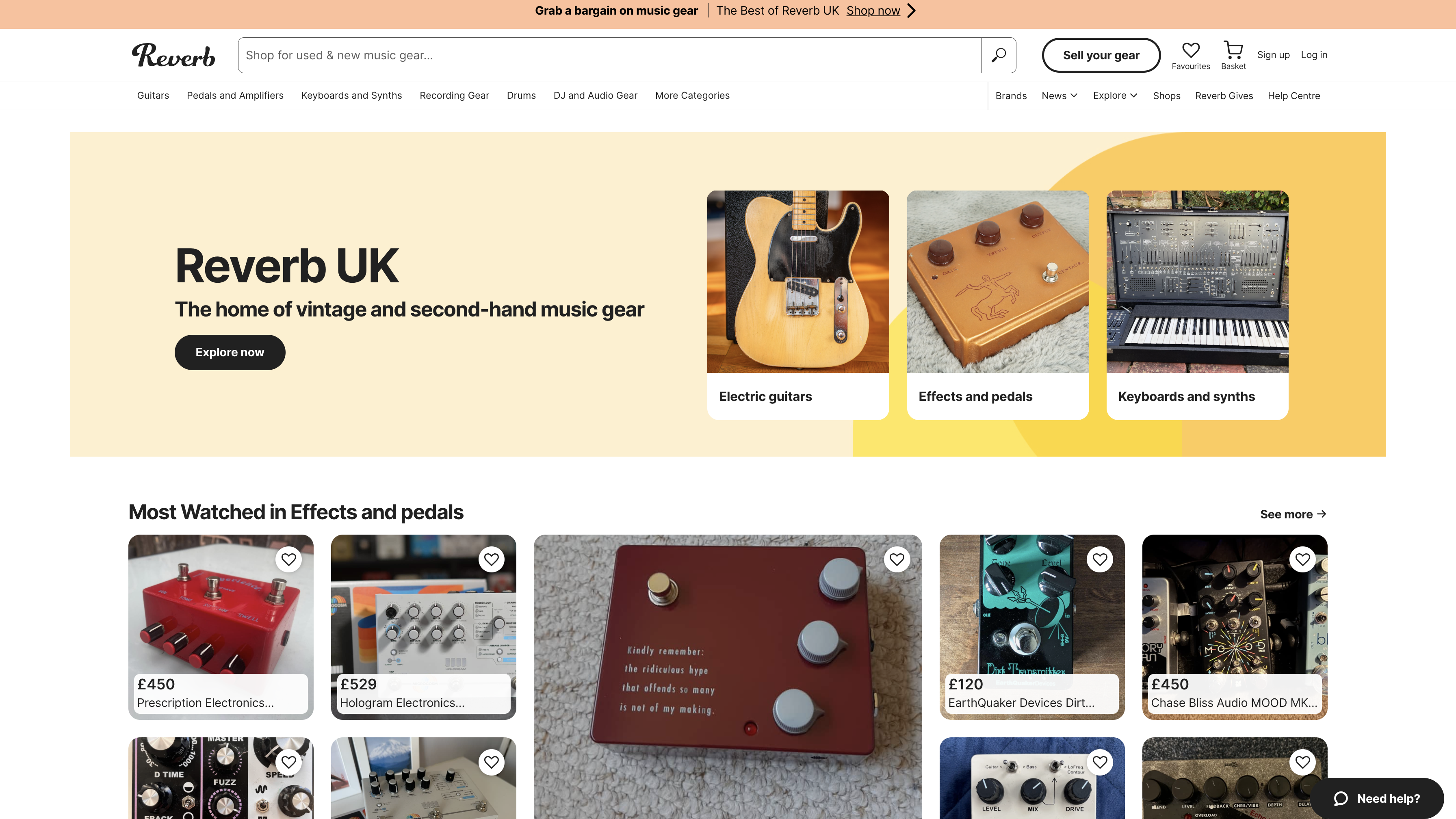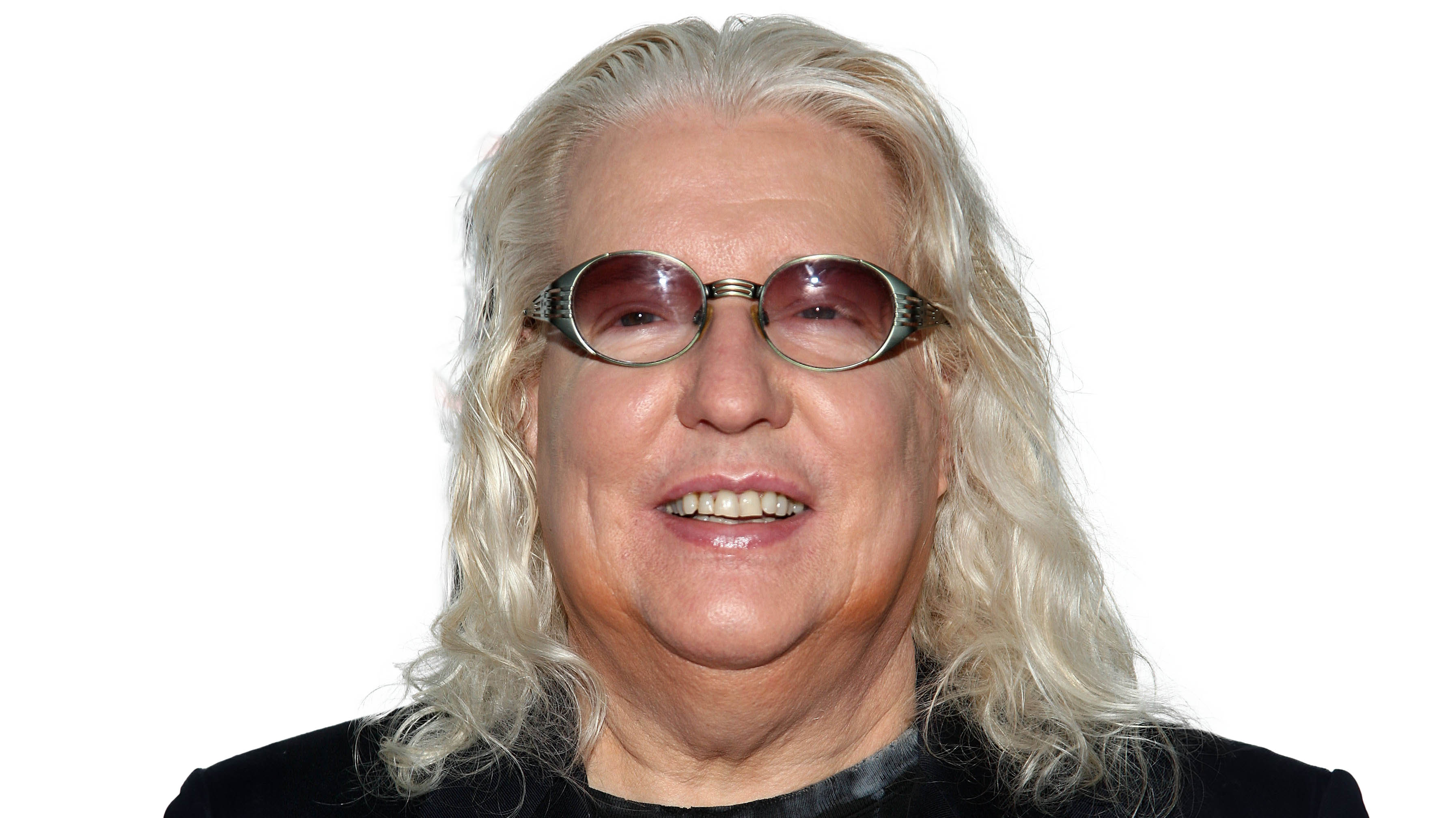NAMM 2015: Cakewalk launches 'the new Sonar' and monthly payment model
Sign up for membership to receive ongoing updates and support
NAMM 2015: Cakewalk has announced a new version of Sonar and a new membership model. You'll still be able to pay for the software upfront, but you'll also have the option of paying for it on a monthly basis.
Before we get into the nuts and bolts of all that, let's consider the application itself. 'The new Sonar', as Cakewalk are calling it (the X suffix that's been attached to the more recent versions is gone) adds various new features, including VocalSync, which can be used to align vocal parts to each other without splitting or moving clips. There's also REmatrix Solo - a streamlined version of the REmatrix convolution reverb for the ProChannel - and a redesigned Control Bar.
Next up, there's Mix Recall, which allows you to quickly switch between different versions of a mix for easy comparison. There are new FX chains, while AudioSnap's new detection algorithms promise improved tempo and timing editing.
Also on the menu is the full version of Addictive Drums 2, 16 custom amp sims and various features that are designed to improve the Sonar workflow.
How would you like to pay?
So far so straightforward - we're used to seeing DAW updates, after all - but the change that's likely to get the most attention is in the way that Sonar is paid for. There are three versions - Artist, Professional and Platinum - each of which comes with a different set of features (not all of the new features mentioned above are available in Artist and Professional). These can still be purchased with an upfront payment - $99, $199 and $499 respectively - but you can also get any one of these versions by signing up to the new membership scheme. This costs $9.99, $19.99 or $49.99 per month for the first year depending on which version you go for. An upfront payment for any version includes 12 months of membership.
Membership gets you "new features, updates, and fixes as soon as they're ready," so it looks like Cakewalk is doing away with the traditional version update model and just rolling things out as and when it wants/needs to. Members also get 12 months of "custom Sonar content downloads," technical support and access to the Cakewalk Command Center.
Membership gets you "new features, updates, and fixes as soon as they're ready," so it looks like Cakewalk is doing away with the traditional version update model.
But what happens if you cancel your membership? If you've paid upfront, after 12 months you'll keep the version of Sonar that you have, but won't get any further updates/fixes or technical support unless you continue with your membership. Cakewalk's website states that "you will need to complete an additional 12 consecutive months to permanently activate the latest update you have received."
Get the MusicRadar Newsletter
Want all the hottest music and gear news, reviews, deals, features and more, direct to your inbox? Sign up here.
Membership renewal prices after your initial 12 months are $49/$99/$199 if you pay upfront for another year (for the Artist, Professional and Platinum versions respectively) or $4.99/$9.99/$19.99 if you pay monthly.
Those who pay monthly from the start will have to do so for 12 months to keep their current version of Sonar and, as with upfront customers, renew their membership if they want to continue to receive updates/fixes and technical support. If you do choose to let your membership expire after 12 months, you can rejoin at a later date if you wish.
Further details are available on the Cakewalk website, including pricing for existing customers. The new Sonar will be available soon.



I’m the Deputy Editor of MusicRadar, having worked on the site since its launch in 2007. I previously spent eight years working on our sister magazine, Computer Music. I’ve been playing the piano, gigging in bands and failing to finish tracks at home for more than 30 years, 24 of which I’ve also spent writing about music and the ever-changing technology used to make it.

![Gretsch Limited Edition Paisley Penguin [left] and Honey Dipper Resonator: the Penguin dresses the famous singlecut in gold sparkle with a Paisley Pattern graphic, while the 99 per cent aluminium Honey Dipper makes a welcome return to the lineup.](https://cdn.mos.cms.futurecdn.net/BgZycMYFMAgTErT4DdsgbG.jpg)







